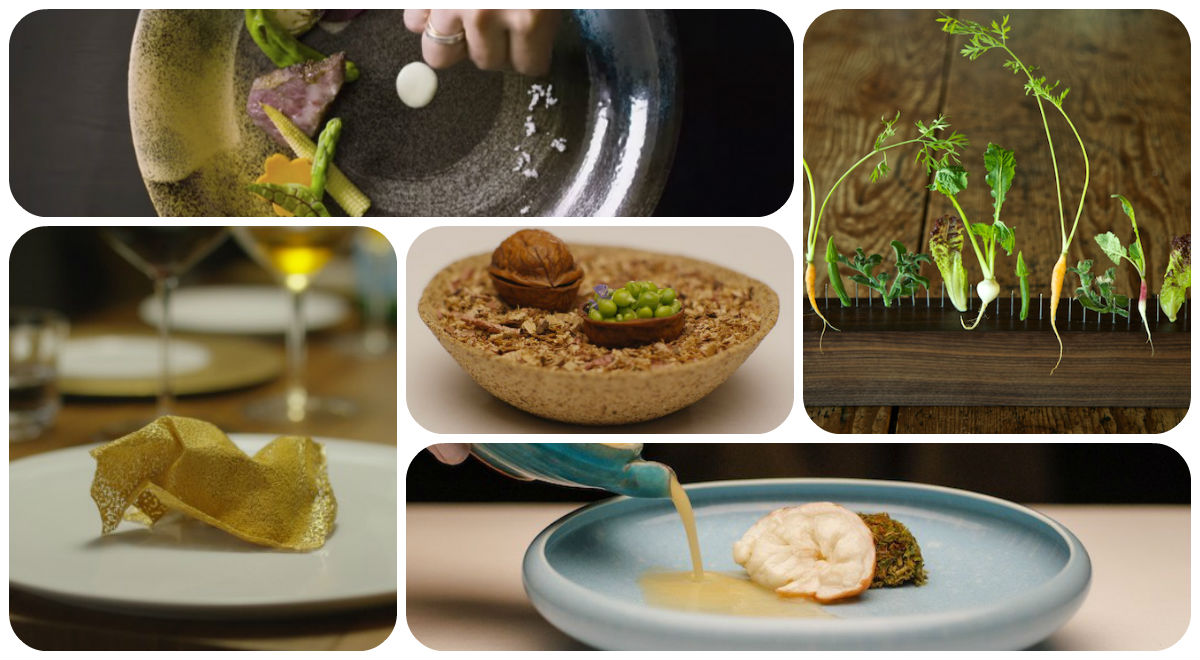
The speed at which new shows appear on Netflix can make it hard to keep up with it all. I regularly notice that I have hardly finished one show and the next “Netflix originals” series is already available. Most of them are fictional shows, but with Chef’s Tabel Netflix has release a documentary series. The first season consists of six episodes and each one focusses on one chef and his/her restaurant, including their specialities.
Episode 1: Massimo Bottura
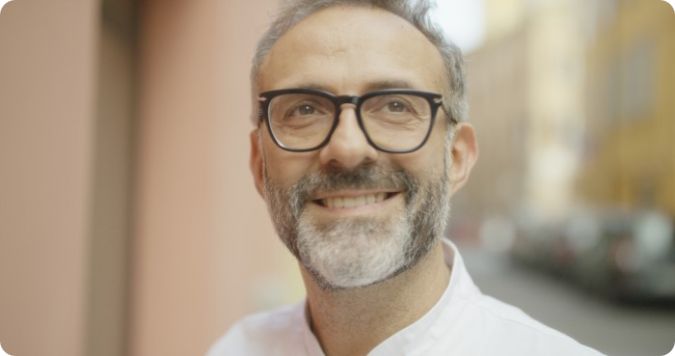
The first episode is about the Italian Massimo Bottura, who, after a long “battle” with his fellow Modena people, managed to convince them that Italian cuisine can be something different from the things your mother used to make. Bottura owns Osteria Francescana, a Michelin three star restaurant and the third best in the world. Even though that’s impressive the focus is mainly on the man behind that success. Bottura is a rebel. His wife tells how he is inspired by art and how he is like a pigeon above everyone else looking forward to drop something on the rest of them.
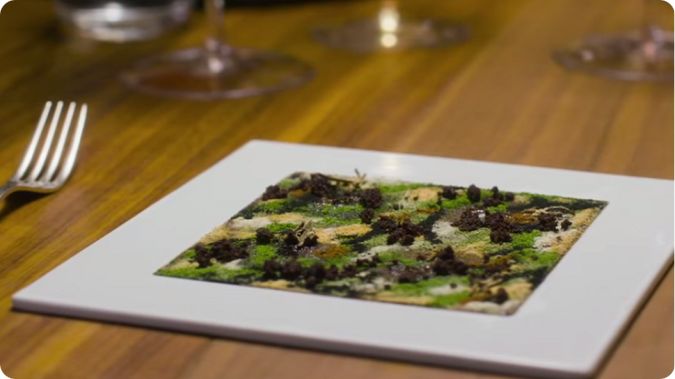
You see that rebellious side of him in the name of his courses like “Tortellini Walking into Broth” or “Oops! I Dropped the Lemon Tart”. He comes across as a man filled with passion and drive, who’s pointed in the right direction by his wife. This episode takes its time to tell how Bottura met her, which makes this show not only about food, but also about inspiration. When an earthquake was responsible for destroying the shelves the Parmigiano-Reggiano cheeses were stored on, it looked like many of them had to be thrown away and a big losses would be the result. But Bottura didn’t believe that and made a risotto dish which became so popular that all the cheese was sold before it would spoil. Visually the episode looks stunning, with a small depth of field, lots of slow motion moments and beautiful closeups of the food. An episode which, like the dishes, makes you long for more. That isn’t surprising though once you realise this episode has been directed by David Gelb, who was also responsible for Jiro Dreams of Sushi.
Episode 2: Dan Barber
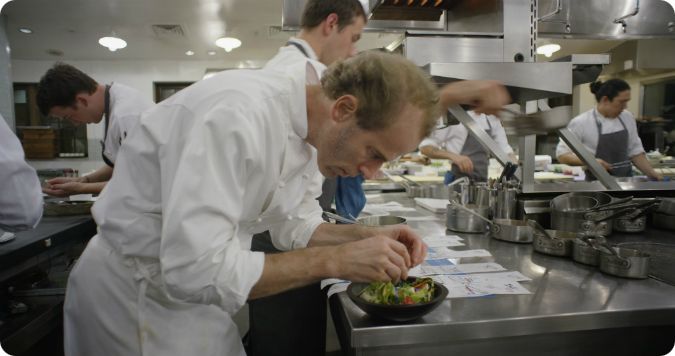
Whereas Massimo Bottura was all about doing things differently, Dan Barber from New York has focussed on going back to nature with his meals. He wants all the ingredients as pure as possible and you can see that back on what he serves. Often these are raw vegetables, which he serves because he wants to teach his guests at his Blue Hill restaurants how good they taste if they are produced differently.
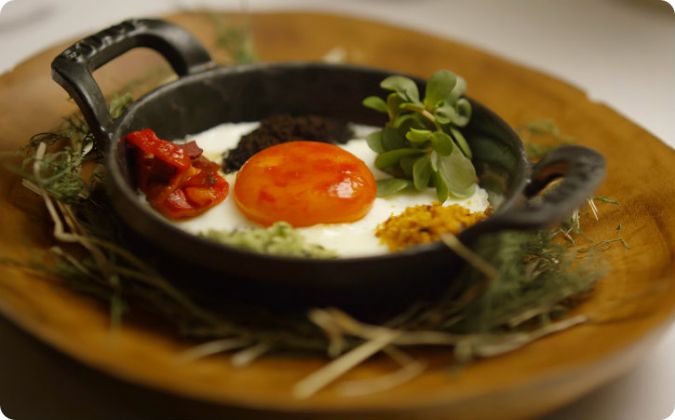
As an investigative journalist, he’s constantly talking to farmers and looking for ways to improve the process. This all seems to be inspired by the farm of his deceased grandma, where he wanted to keep everything the same and kept adding new animals to naturally keep the grass short, hold back the forest and make better products. A system where both the animals and therefore the food gets better. The rush and excitement I felt during the first episode wasn’t as present here, mostly because this episode is more factual and the personal story is missing.
Episode 3: Francis Mallmann
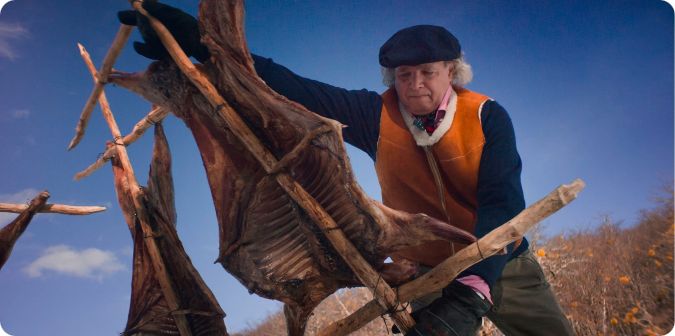
Compared to the two chefs from the first two episodes Francis Mallmann is a “cook from the stone age”. He lives extremely remote in the beautiful Patagonia, at the far end of Argentina and lives from what he finds in nature. He likes to cook on an open fire and whereas other chefs throw food away when its burnt, he thinks that is part of cooking. He’s not a person who has been formed by his restaurant, but through his experience. Freedom is the most important to him and motivates him and that is very clear. If Dan Barber wants to go back to nature with his food, then Mallman can be seen as nature himself, sort of a Bear Grylls among chefs.
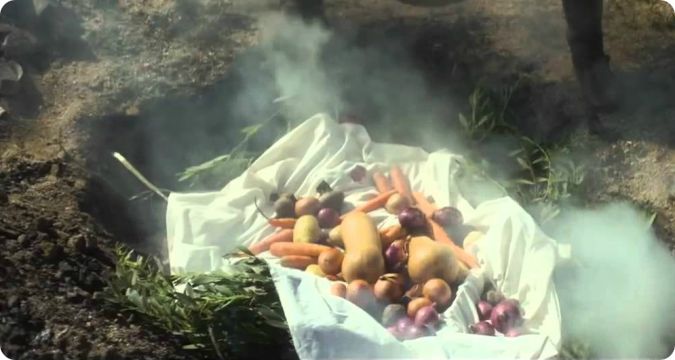
He wasn’t always like that though, but he now doesn’t want to be attached to anything. This means that he’s on a plane at least twice a week in order to experience something new, even if that means that he doesn’t see the people close to him, including his two daughters. It’s something he does struggle with, but still freedom reigns. An episode with a different speed, closer to nature, more primitive, where the shots of nature give you a sense of calm.
Episode 4: Niki Nakayama
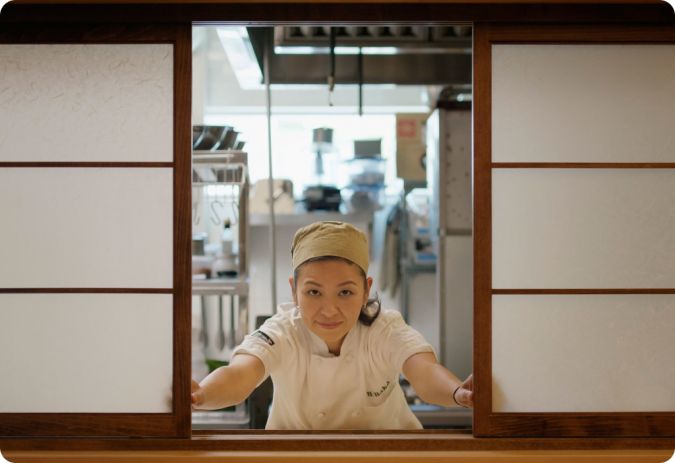
The only female in this first season is Niki Nakayama who owns the restaurant N/Naka in L.A. Just like in the other episodes you slowly learn more about her and her motivations. As a Japanese woman her family didn’t really support her when she wanted to start a restaurant. Her father had a successful import company and didn’t think it was necessary. Still she had a huge drive to prove herself and initially opened a sushi restaurant.
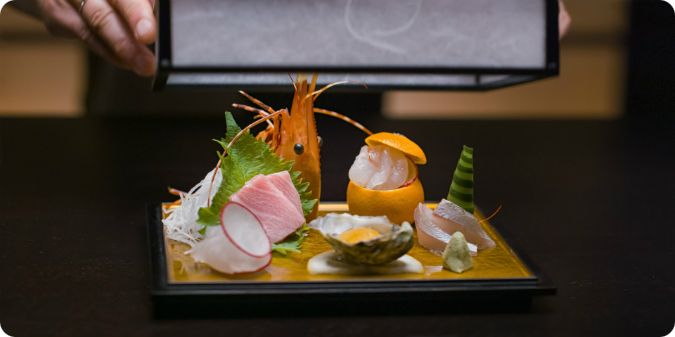
It didn’t give her the satisfaction she was looking for and after several trips to Japan she decided to give her own spin to the Japanese cuisine, specifically kaseiki and the result is astonishing. From all the restaurants in this show this is the one I would like to visit, because her personal story is so compelling and you see that spill over into her food, which she makes with a strong passion.
Episode 5: Ben Shewry
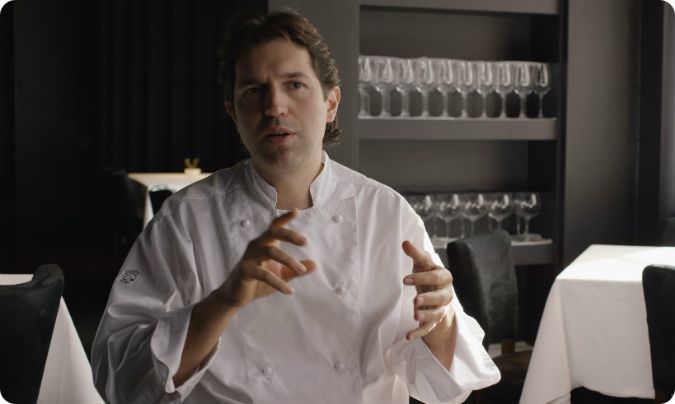
Although Chef’s Table doesn’t visit every continent, there is a nice variation in the chefs that were picked. Bew Shewry grew up in New Zealand without any close neighbours. It meant that he and his sister were very adventurous. He moved to Australia, where he eventually ended up working at Attica, a restaurant which had a bid debt. The menu he created for it received a lot of negative reactions.
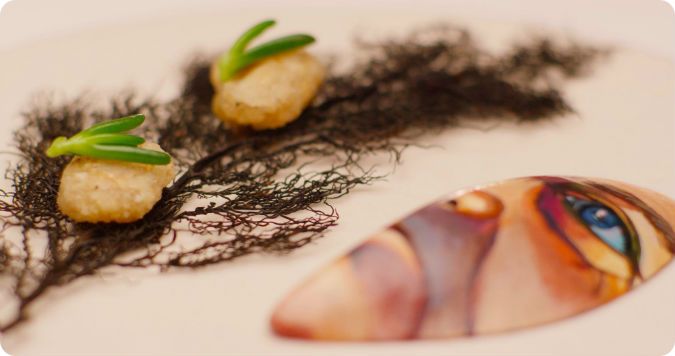
As a chef he still hadn’t found his own voice, but through much experimentation and soul searching he eventually turned things around for the restaurant. Attica is now number 32 in the list of best restaurants in the world. He uses local ingredients which in his own words are unknown to 99.9% of his guests, which makes eating there a unique experience.
Episode 6: Magnus Nilsson
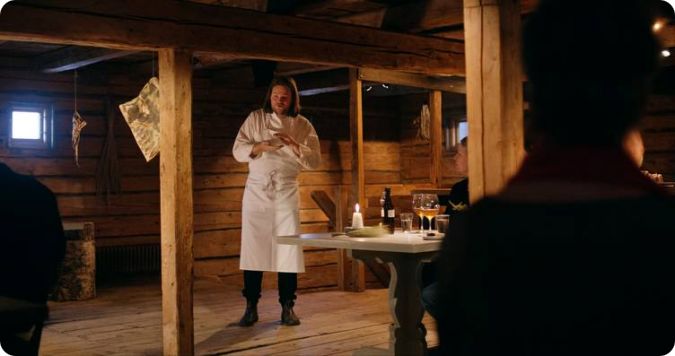
Magnus Nilsson is a special chef as well. His restaurant Fäviken in Sweden is in the middle of nowhere and only has 15 seats. Despite it being hard to reach, his restaurant is number 19 in the top 50 of best restaurants.
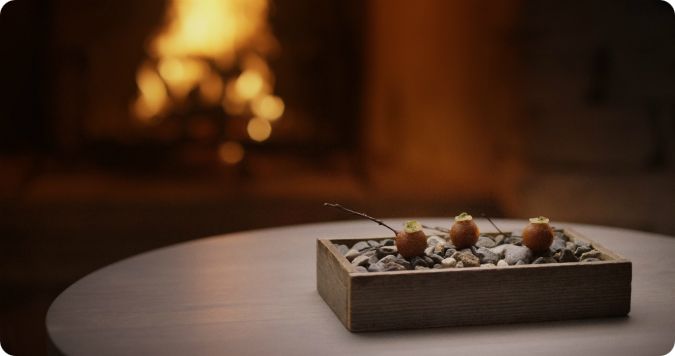
A cook who only works with local produce (despite the fact that nothing grows there for the biggest part of the year), but also approaches things differently. He uses dairy cows for their meat instead of cows who have been raised to be slaughtered. The way the people work in the kitchen is different from other kitchens. Here the interns are making the plates and aren’t doing (as they usually do) the simple things like cutting vegetables.
Conclusion
Chef’s Table is a series which is about the chefs themselves. Even though their dishes are shown, they aren’t the focus. Their personal stories and how they relate to their success are inspiring. When their dishes are shown you long for a taste of them and make you consider visiting their restaurants. With Chef’s Table Netflix has delivered another quality product which is worth watching.


![]()

Enjoyed Chef’s Table immensely. Such a beautifully shot show and you’re totally right with it being about the chefs and how their personal experiences have shaped their food.
And you’re right – Netflix are slinging them out so fast these days. They’re in such a unique position because they know exactly what consumers want, unlike “traditional” TV.
Yeah, really nice show and wouldn’t mind a second season of it.
That’s the great thing about Netflix, they know exactly what people watch most and use that to their advantage.
Have you seen trailers for their new show, Narcos? Looks impressive.
No, but I’m already interested based on the title alone 🙂
Nice post. This series sounds fascinating!
It as really good, do you have Netflix?
Sadly, no. But a friend offered to lend me her account the other day.
Definitely worth using that.